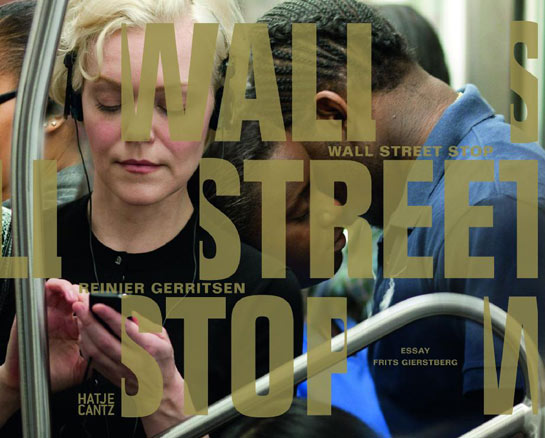Review: Wall Street Stop by Reinier Gerritsen

It’s a simple assumption to believe that in photography everything has been done already. Of course, it’s not true. There are many things waiting for be discovered by a creative artist. But believing that everything has been done is easier than thinking about what hasn’t been done: It’s not like you can will your brain into coming up with a genius new idea. You can’t. What’s the point, though, of taking pictures if everything has been done already? The answer is simple and straightforward: Unless you want to view photography as part of the entertainment industry where all that matters are cheap new thrills, that which has been seen thousands of times deserves to be seen yet another time, in a different way. (more)
It’s a bit like walking down the street that you’ve walked down many times before, and suddenly you see that that green house at the second corner has red shutters, something you’ve never realized before. Son of a gun!
You can take Reinier Gerritsen’s Wall Street Stop as a great example. Of course, subway photography has been done before. But nobody has done it the way Gerritsen did. Gerritsen’s view of people on the subway is, well, different, and not only that it’s new, fresh, and it’s challenging in more ways that just one.
The photographs in Wall Street Stop look as if they were your regular candid shots, and that’s what they are, except that it’s a little bit more complicated than that. For each photograph, Gerritsen positioned himself in front of a door of a subway car due to depart momentarily, taking a quick-fire series of images panned horizontally across the scene. In the studio, the final photograph was then by composing elements from the individual shots. The results, assembled in Wall Street Stop, are an astounding success.
It’s below-street-level street photography, done in the 21st Century, with the means and thinking of this 21st Century (It’s easy to imagine what orthodox purists will say about this). As much as I dislike the p word (there has been too much intellectual nonsense created around it), you could call it postmodern street photography.
What makes Wall Street Stop fascinating is that you don’t really know the extent to which things were arranged. You do know that all of the people in fact were standing close enough together to end up in one of the source photographs, but you don’t know to what extent Gerritsen moved things around, to create a narrative. What this means is that the photographs can be read in many different ways, and they’re multi-dimensional. It’s a book that challenges some of our rusty ideas about photography and facts and meaning… all that with a set of wonderful photographs of people on the subway.
Added bonus: Various of the people in the photographs realized they were being photographed, so they stare right back at the viewer.
Highly recommended.
Wall Street Stop, photography by Reinier Gerritsen, essay by Frits Giersberg (English/Dutch), 112 pages, Hatje Cantz, 2010